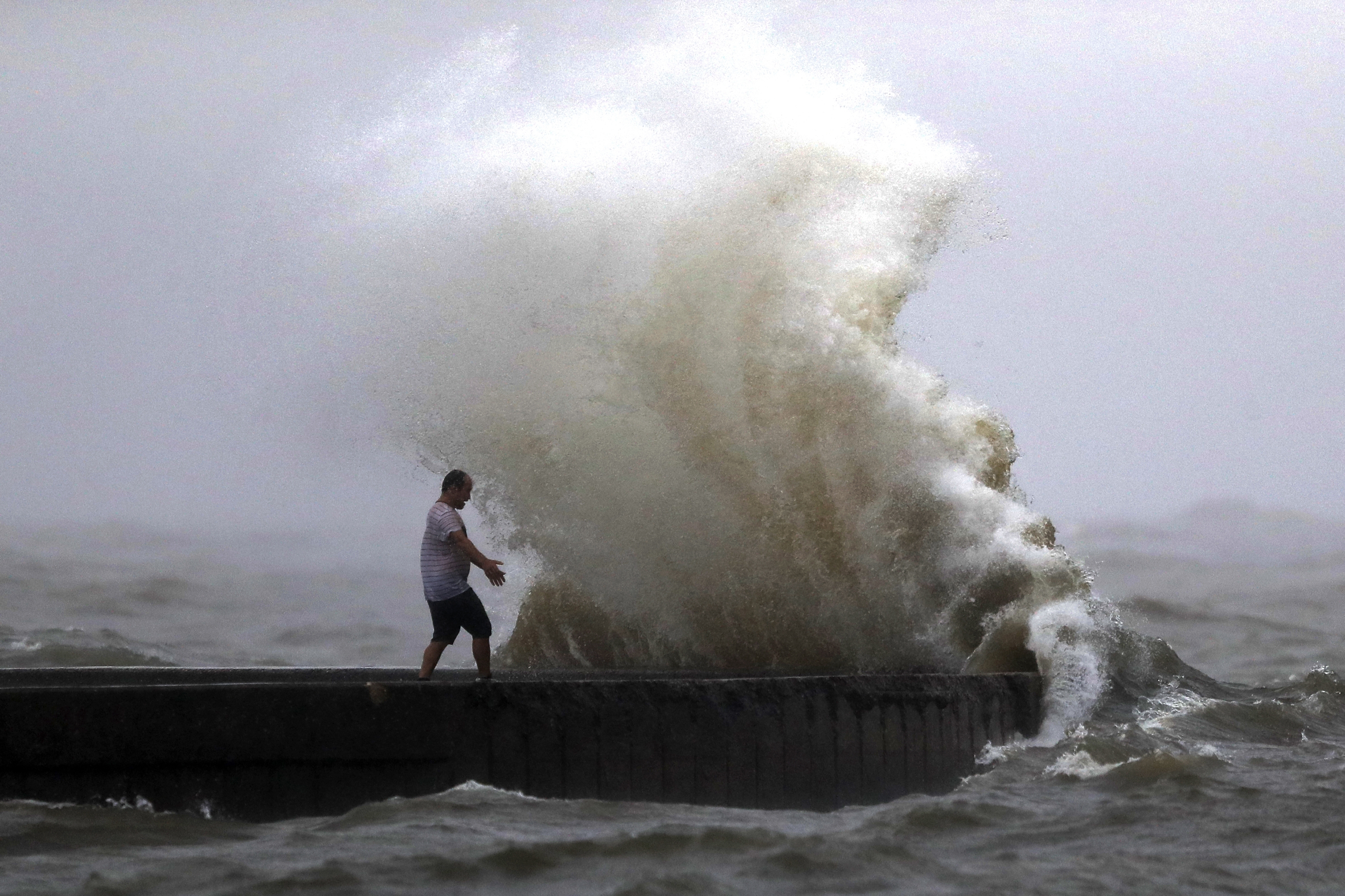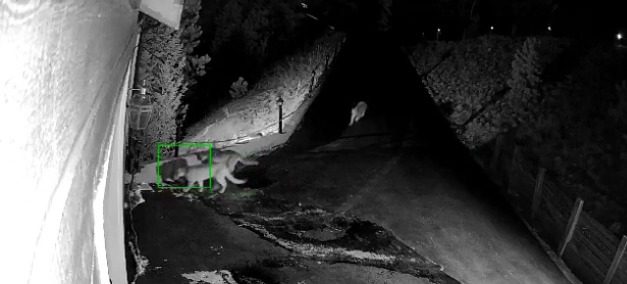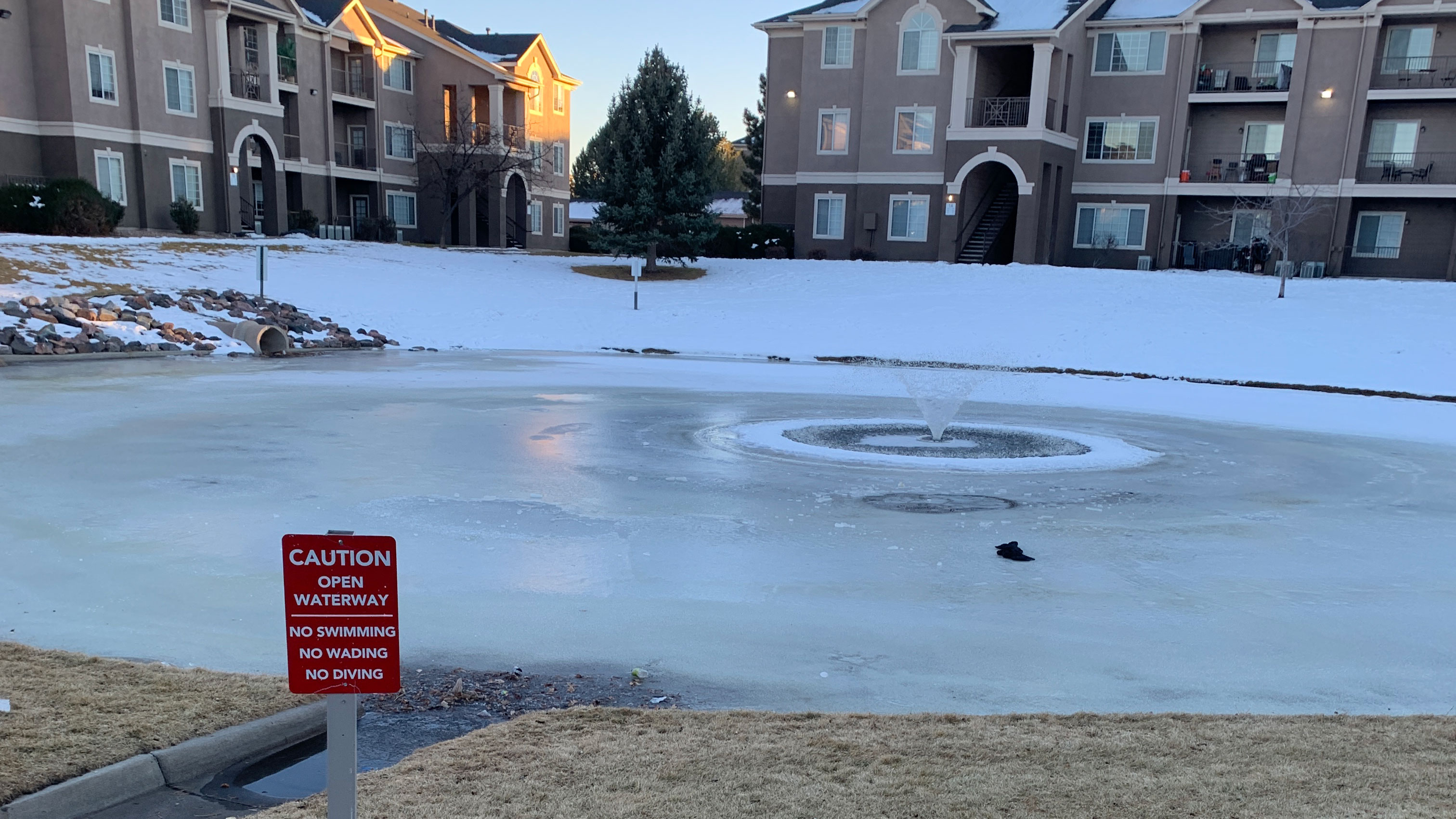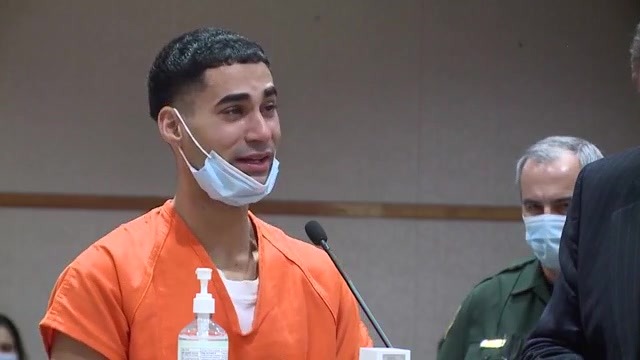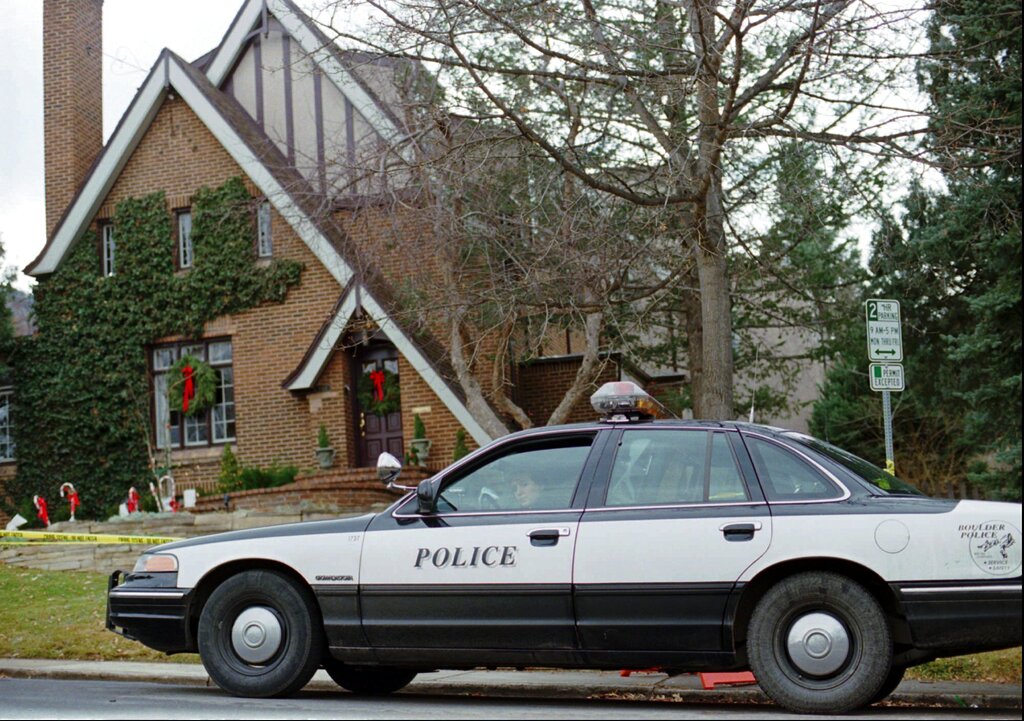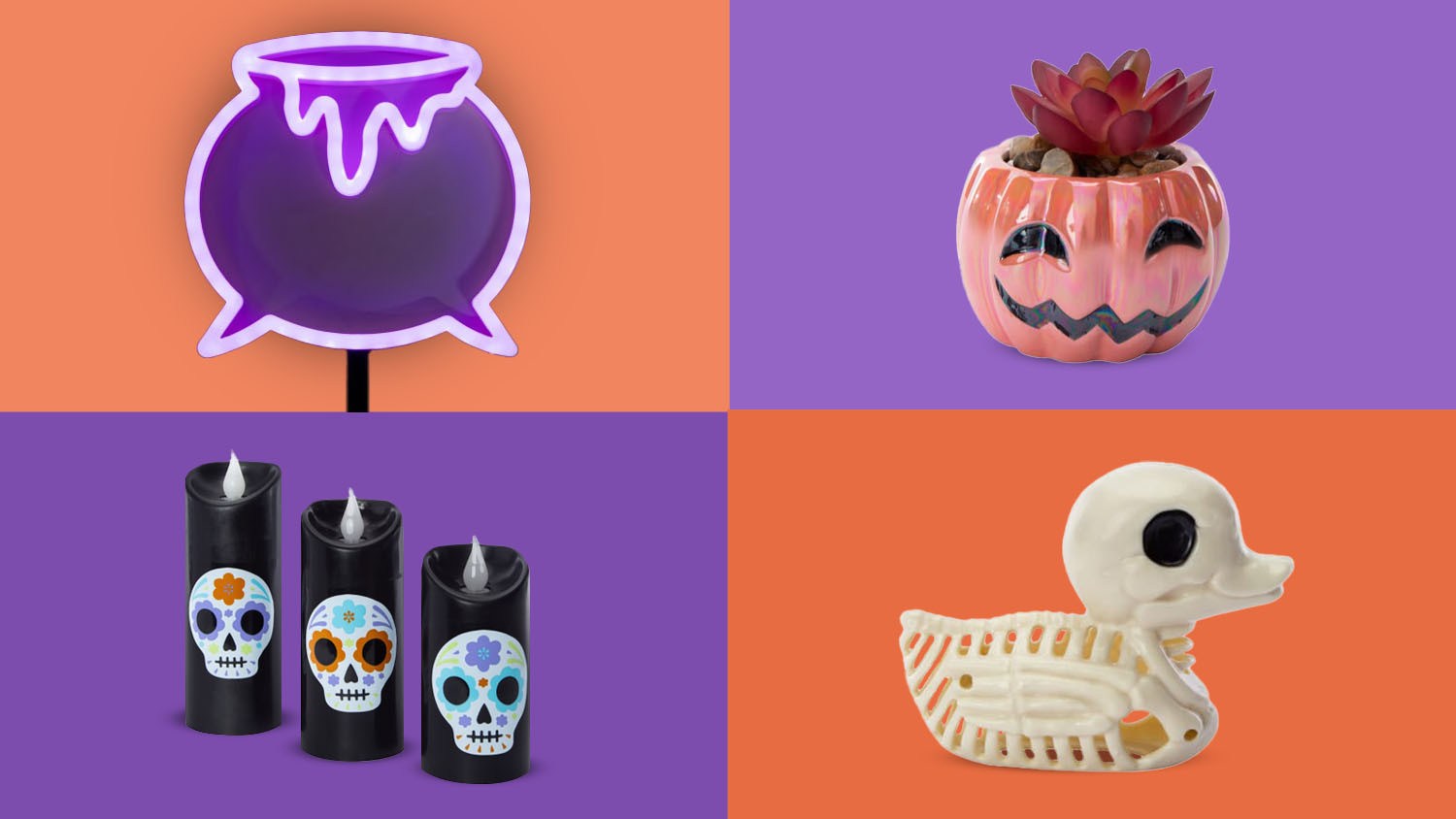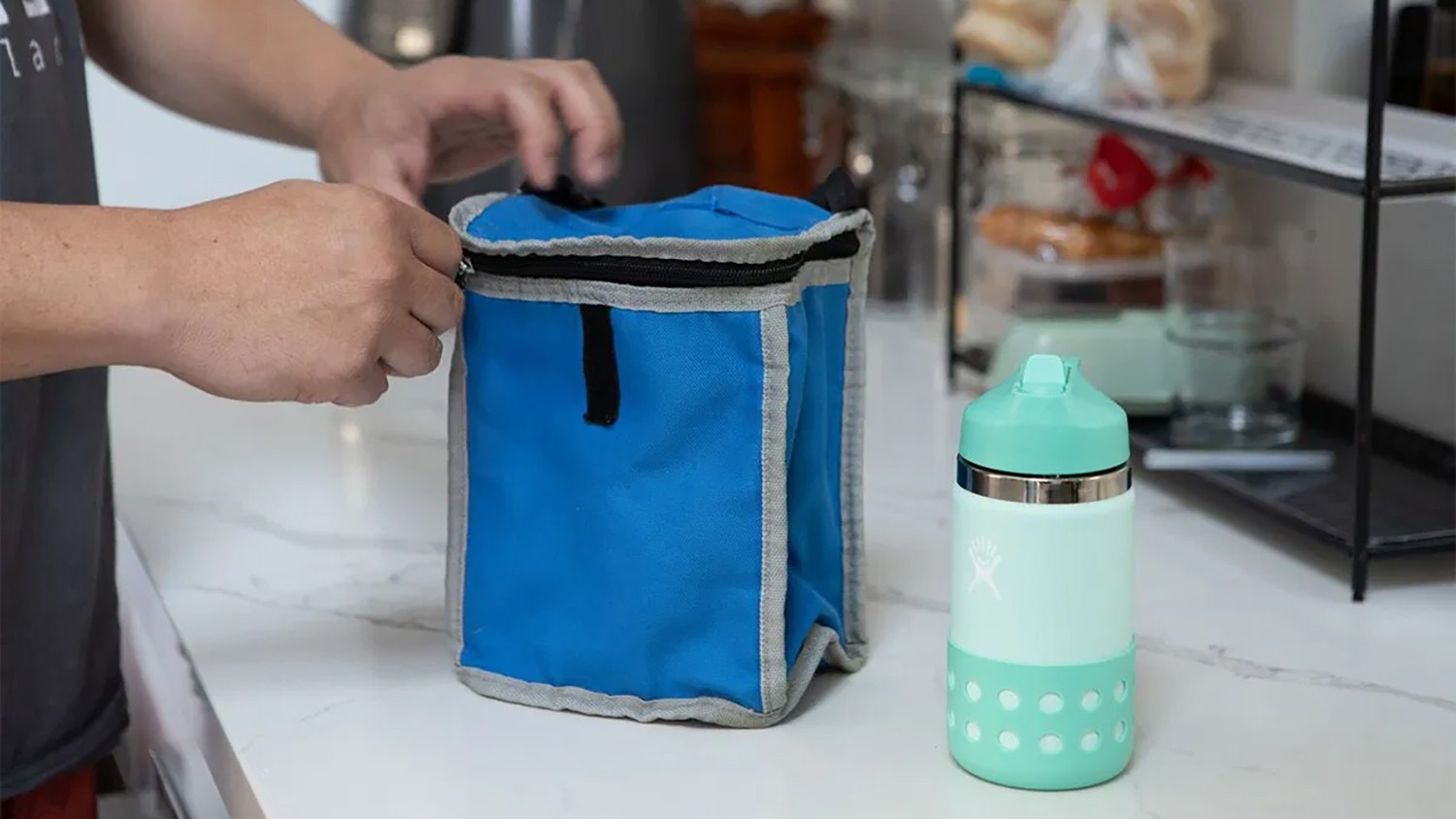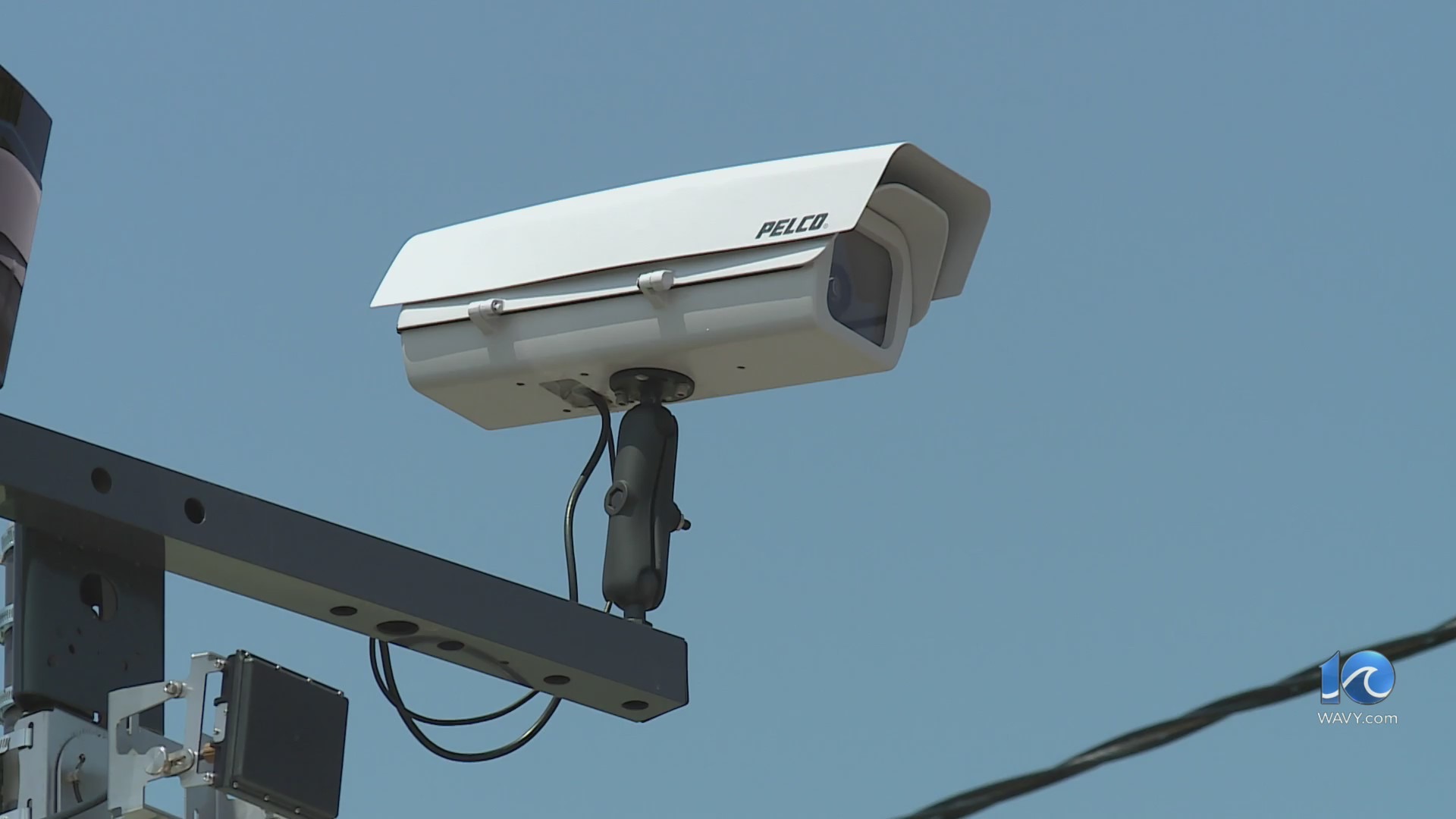You saw the signs posted at the entrances to businesses and taped near cash registers during the height of the coronavirus pandemic — some variation of: please use exact change due to the nationwide coin shortage.
Business and bank closures during the peak days of COVID caused a disruption on the circulation of coins — fewer transactions meant fewer coins were changing hands with many people opting to shop online or sit on their physical currency rather than deposit them. Additionally, supply chain issues and workforce shortages made it harder for the government to obtain the raw materials to produce more coins.
Fast forward to now, more than two years after the world shut down due to the coronavirus pandemic, many of those signs are still standing, pleading with customers to count out their exact total to keep coins in circulation.
But are those signs still necessary? Is there still a shortage of coins across the country?
The short answer: no. At least not right now.
According to the Federal Reserve, in June 2020, a cap was imposed on coin orders to ensure that “the supply was fairly distributed.” That cap was eventually lifted, but was reinstated in May of 2021 because people still weren’t circulating coins at pre-pandemic levels. Consumers were urged to pay with coins to get them back into circulation or even get them exchanged at banks and kiosk machines.
But now, in the waning days of the summer of ’22, there’s no cap on coin orders and the United States Mint is operating at full capacity to produce more coins. In 2020, the Mint produced 14.8 billion coins, a 24% increase from 2019, according to the Fed.
Public service announcements encouraging Americans to use their coins appears to have worked, and consumers are out and about spending again.
However, a 2021 report by a task force charged with finding solutions to the coin shortage, found that consumer cash spending remains somewhat unpredictable. Shoppers have changed the way they buy things since the pandemic began and it’s unclear if they’ll ever return to previous levels of cash usage, which was already declining prior to COVID.
That same report said the Fed and the Mint would be working with an outside consultant to review supply chain issues and come up with solutions to prevent future coin shortages. The results of that monthslong assignment is still pending.
Even without those results, the Fed apparently seems to believe that the worst is over.
“As the economy recovers and businesses reopen, more coins will flow back into retail and banking channels and eventually into the Federal Reserve, which should allow for the further rebuilding of coin inventories available for recirculation,” the Fed’s website reads.
So if you see the signs at your local convenience store or bodega, don’t panic if you don’t have exact change. You (hopefully) already did you part.





